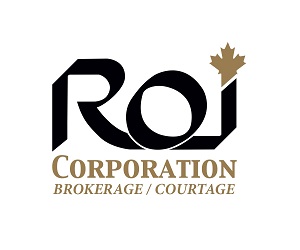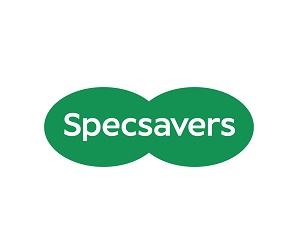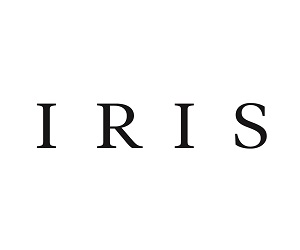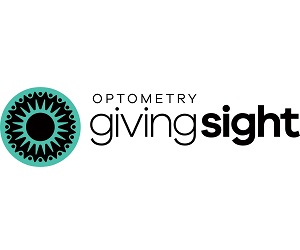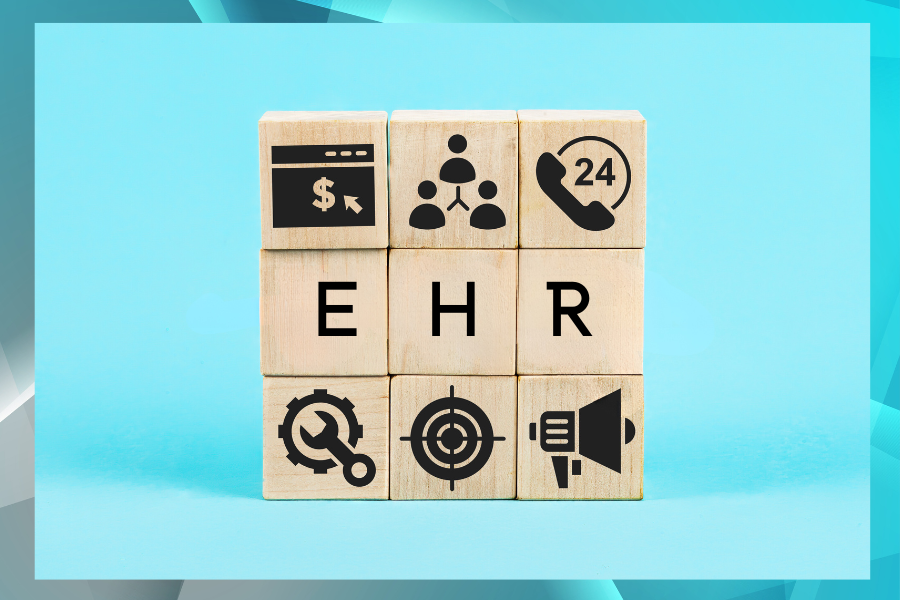
As an independent optometrist, selecting the right optometry Electronic Health Records (EHR) system for your practice is a critical decision that can significantly impact efficiency, patient care, and overall profitability. This post is the first of a series addressing optometry EHR systems. The first blog post deals with the which criteria to use in making a selection.
In subsequent posts we’ll address the best practices for making a selection and address the all important task of on-boarding staff to a new optometry EHR system.
 We also ask you to provide some information about your current system and which others you might have considered. You can do so by participating in the survey.
We also ask you to provide some information about your current system and which others you might have considered. You can do so by participating in the survey.
At the conclusion of the series, a winner will get a $50 e-gift card selected among the survey respondents.
With numerous options available in the market, it’s essential to carefully evaluate and consider key factors before making a final selection.
Functionality and Usability.
When evaluating optometry EHR systems, functionality and usability should be top priorities. Optometry practices have unique requirements, and it’s crucial to ensure that the chosen system meets your specific needs. Consider the following factors:
- Comprehensive Optometry Features:
Look for an EHR system that offers specialized optometry functionalities, such as integration with diagnostic devices, customizable templates for eye exams, and support for visual acuity testing and refraction measurements. These features will enhance efficiency and streamline your workflow. Some systems are general medical systems that are made over. Be certain that the systems that make your short list are specific to Optometry. - Intuitive User Interface:
Opt for an EHR system with a user-friendly interface that is easy to navigate. A clean and intuitive design can reduce training time and minimize the risk of errors during data entry and retrieval. - Interoperability:
Choose an EHR system that integrates with other healthcare providers’ systems, such as primary care physicians and ophthalmologists. Seamless interoperability facilitates efficient information exchange, streamlines referrals, and improves patient care coordination.
Data Security and Compliance
Protecting patient data is of utmost importance in today’s digital landscape. Optometry practices must adhere to strict privacy regulations and maintain the highest standards of data security. Consider the following factors:
- Privacy Compliance: In Canada, the equivalent to HIPAA compliance is the Personal Information Protection and Electronic Documents Act (PIPEDA) and various provincial privacy legislation. While the specific requirements may vary by province, optometry practices in Canada should prioritize EHR systems that adhere to privacy regulations. These include features like secure data transmission, audit trails, access controls, and encryption of patient information.
- Data Backup and Disaster Recovery: Look for an optometry EHR system that provides robust data backup and disaster recovery mechanisms. Regular backups, off-site storage, and redundancy measures are essential to protect against data loss or system failures.
- Data Ownership and Accessibility: Clarify the ownership rights of patient data and ensure that you have control over your practice’s data at all times. Additionally, consider the accessibility of the EHR system from various devices and locations to support remote work and provide flexibility for your practice.
Cost and Vendor Support The financial aspect and the support provided by the EHR vendor are significant considerations in the selection process. Evaluate the following factors:
- Total Cost of Ownership: Consider the upfront costs, ongoing subscription fees, implementation fees, and any additional charges associated with the EHR system. Compare the pricing models of different vendors and ensure that the system aligns with your budget.
- Training and Support: Determine the level of training and support offered by the EHR vendor. Adequate training is crucial for a smooth transition and effective utilization of the system. Look for comprehensive training materials, online resources, and responsive customer support.
- Scalability and Future-proofing: Evaluate the scalability of the EHR system to accommodate the growth of your practice. Consider the vendor’s commitment to continuous updates and improvements, ensuring that the system remains up-to-date with changing industry standards and requirements.
Selecting the right EHR system for your independent optometry practice requires careful consideration of key factors such as functionality, data security, cost, and vendor support.
By following best practices, thoroughly evaluating potential systems, and effectively on-boarding your staff, you can ensure a smooth transition to an optometry EHR system that enhances efficiency, improves patient care, and drives overall practice profitability.













